Teacher Portal
Heat and Heat Transfer
Investigation 3
Investigation 3
Heat and Heat Transfer

Phase 1 – Defined Understanding
Student Guide
Download and Distribute
Access Teacher Guide
Student Guide with answers
Teacher PreLab
Prepare for the Experiment
Phase 2 – Dynamic Understanding
► Investigation Three Summary – Specific Heat Capacity
In Investigation Three, you studied the ability of different materials to absorb heat. You learned how to calculate the specific heat capacity of different substances. During this Investigation, you:
1. Created a calorimeter.
2. Used a digital scale to obtain the mass of a steel and lead cube.
3. Calculated the specific heat capacity for both the steel and lead cube using the following formulas:
Specific heat capacity = Heat energy (Joules) / Mass (g) x change in temperature (°C)
► Investigation Three Summary – Learning Goals
Through these experiments, you concluded that:
1. This Investigation involved calculating a property of matter called specific heat capacity. Specific heat capacity is a measure of the amount of heat energy (Joules) required to raise the temperature of 1 gram of a substance by 1 degree Celsius. Different substances require different amounts of energy in order to raise their temperature by 1 degree Celsius, hence they absorb heat energy at different rates. The experiment required the creation of a calorimeter, a piece of equipment designed to prevent heat loss or gain to the substances contained within it. Styrofoam cups were chosen since Styrofoam does not absorb heat energy from the water contained within it, thereby allowing the initial and final temperatures of the water to reflect heat lost from the solid substance alone. Two metals, steel and mossy zinc, were tested. The equation for specific heat capacity was followed and it was determined that steel has a higher specific heat capacity than zinc. This is a fundamental property of these two substances.
Concept Slides
Launch and Discuss
Mathematics Concepts in This Investigation
- calculate heat capacity
- predict/verify results
- qualitative/quantitative properties
- multiplication/division
- volume in mL
- temperature in Celsius
- subtraction
- mass in grams
- measuring mass using triple beam balance
- manipulating mathematical formulas
- greater than/less than/equal to
- data table
- data analysis
